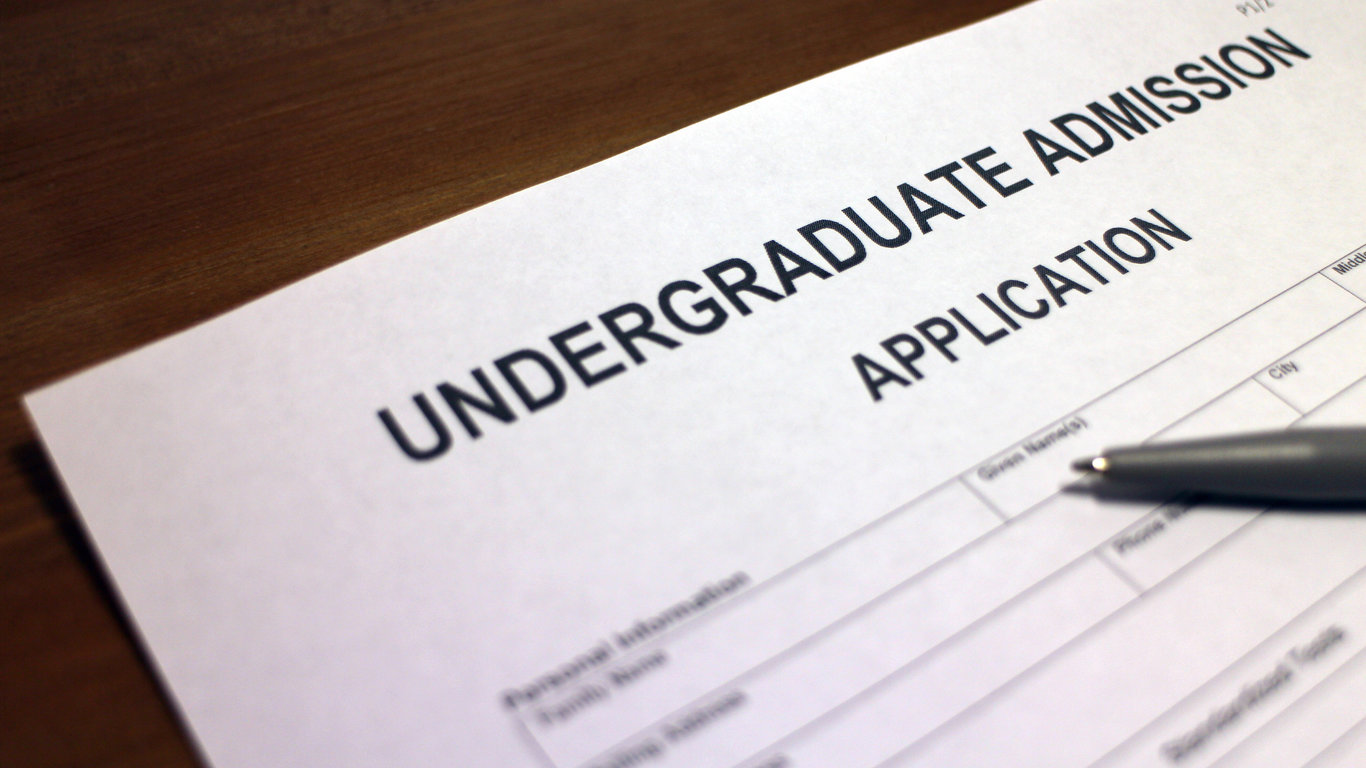News
College Enrollment Is Sinking -- Especially in These States

Published:
Last Updated:

Overall college enrollment has been declining in America, and that trend has continued last year, according to data just released by the National Student Clearinghouse Research Center, a nonprofit organization providing educational reporting, verification, and research services.
The data tracks enrollment in four-year public, four-year private nonprofit, four-year for-profit, and two-year public colleges and universities around the country. Nationwide, enrollment declined since last year by almost 300,000 students, a 1.7% drop. The only category of institution whose enrollment has increased since 2018 is four-year private nonprofits, which saw a 3.2% rise.
Across all college categories, some 31 states showed enrollment declines of 1.0% or more. The biggest drops came in Alaska and Florida (each down 5.2%), Illinois (5%), and Hawaii and Kansas (4.2% each). Apparently the fact that Florida and Illinois are home to some of the best college towns in America doesn’t guarantee potential student interest in their institutions of higher learning.
At the same time, 11 states showed enrollment increases, led by New Hampshire (up 9.9%) and Utah (up 7.2%).
Doug Shapiro, executive research director for National Student Clearinghouse, told the Wall Street Journal that a strengthening economy might account for some of the declining enrollment numbers, as students — especially non-traditional adult students — leave college to rejoin the workforce. “[M]uch of the overall decline has been among older students,” he said.
It seems possible that other factors might be in play as well. Tuition has risen in many instances; among the colleges with the biggest tuition hikes over the past five years, half a dozen have increased their fees more than 75%.
As if college course loads weren’t enough to worry about, then, even without tuition increases, most college students pursue their studies with the knowledge that they’ll graduate deeply in debt. The average amount owed is $28,650 per person, with the average household with student debt owes $47,671. And it’s on track to only get worse. In fact, college debt is among the biggest challenges Americans will face in the next decade.
It’s little wonder that one in five college students surveyed last year reported having harmed themselves or contemplated or even attempted suicide in response to stress. Simply staying out of school might be the easiest way to avoid the problem. Or maybe avoiding certain majors — these are the lowest (and highest) paying college majors in America.
The last few years made people forget how much banks and CD’s can pay. Meanwhile, interest rates have spiked and many can afford to pay you much more, but most are keeping yields low and hoping you won’t notice.
But there is good news. To win qualified customers, some accounts are paying almost 10x the national average! That’s an incredible way to keep your money safe and earn more at the same time. Our top pick for high yield savings accounts includes other benefits as well. You can earn up to 3.80% with a Checking & Savings Account today Sign up and get up to $300 with direct deposit. No account fees. FDIC Insured.
Click here to see how much more you could be earning on your savings today. It takes just a few minutes to open an account to make your money work for you.
Thank you for reading! Have some feedback for us?
Contact the 24/7 Wall St. editorial team.